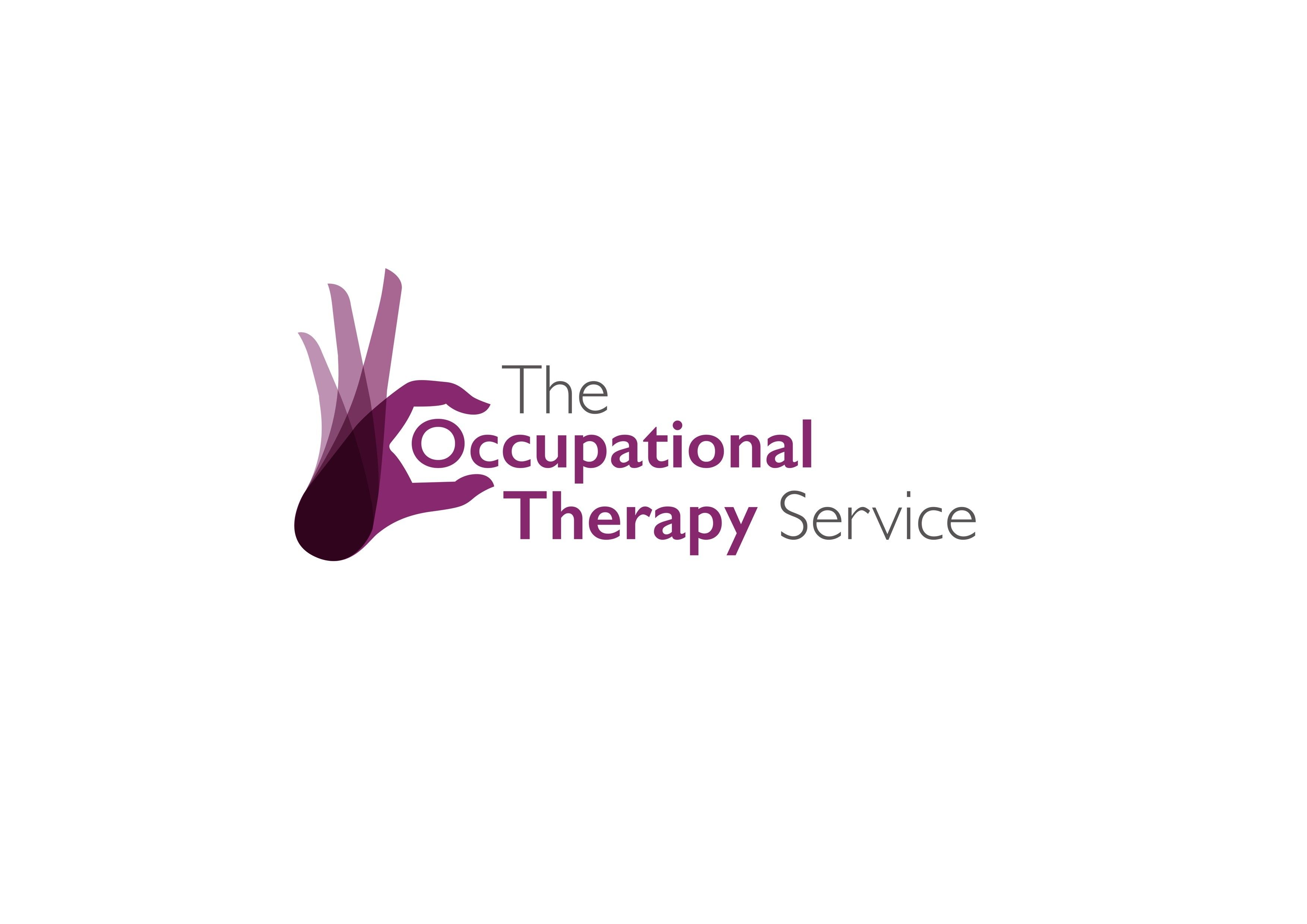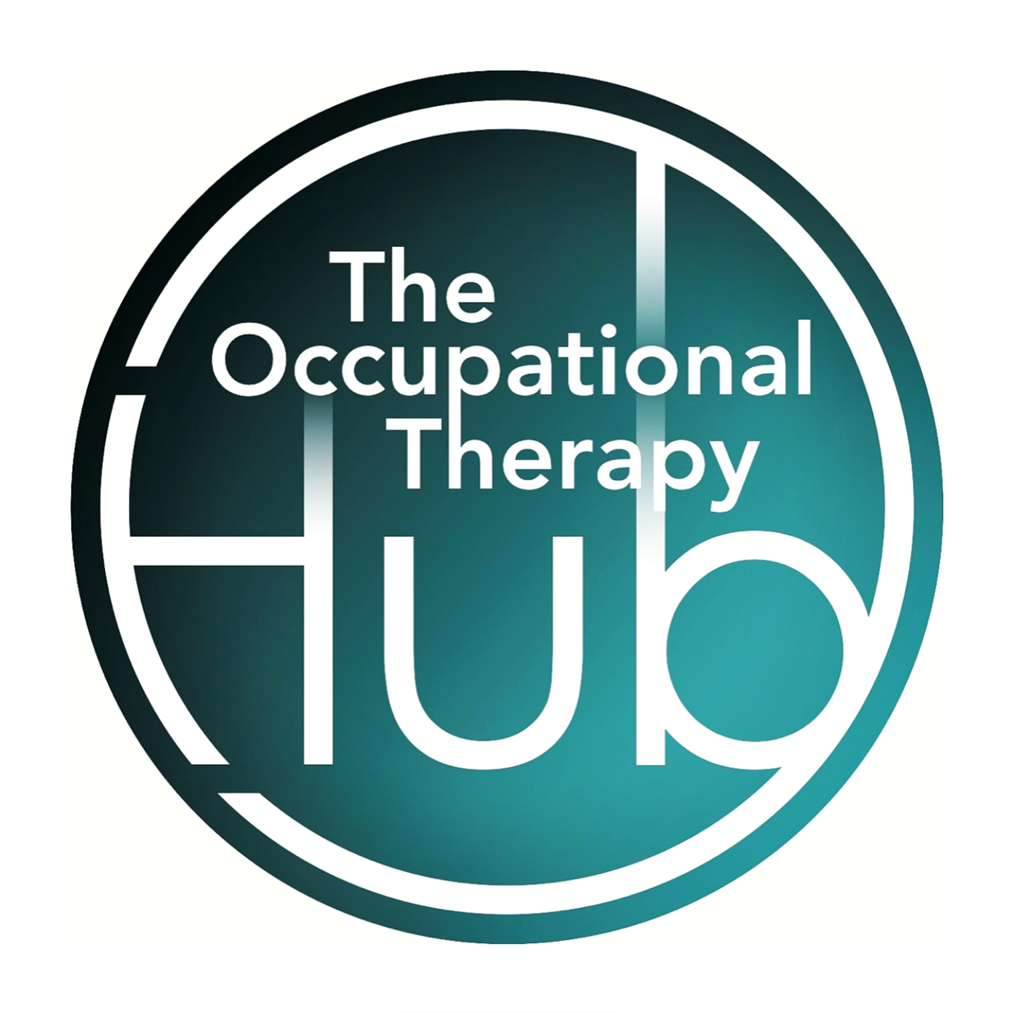Empowerment and the Mental Capacity Act in Neurological Practice: Balancing Protection and Participation
)
Neurological occupational therapy often requires professionals to walk a delicate line between protection and empowerment. For individuals with traumatic brain injury (TBI) and associated cognitive deficits, decision-making can be complex, inconsistent and emotionally charged. Yet, even when capacity is impaired, people must be supported to live lives that are autonomous, purposeful and connected.
The Mental Capacity Act (MCA, 2005) remains central to this balance. While most practitioners recognise its protective function, its empowering potential; to uphold participation, identity and self-determination is sometimes less visible. For occupational therapists (OTs), whose professional foundation is built on enabling occupation, that empowerment is fundamental to effective neurological rehabilitation.
The MCA’s five guiding principles ((1) presumption of capacity, (2) right to make unwise decisions, (3) support to make decisions, (4) best interests, and (5) least restrictive practice) align strongly with occupational therapy’s core values. Both frameworks advocate a strengths-based, person-centred approach that celebrates autonomy rather than control.
NHS England’s 6 Cs of Care (Care, Compassion, Competence, Communication, Courage and Commitment) can help operationalise these ideas in practice.
MCA Principle
Empowering Application (linked to the 6 Cs)
Care: Act in a person’s best interests, grounded in their past values, beliefs and wishes.
Compassion: Recognise that capacity can fluctuate; avoid assumptions based on diagnosis.
Competence: Uphold least restrictive practice and embrace positive risk-taking.
Communication: Explore every avenue for supported decision-making, including visual, written and technological aids.
Courage: Respect a person’s right to make unwise choices that hold personal meaning.
Commitment: Champion empowerment as a shared professional responsibility.
(Adapted from NHS England, 2016)
For clients with neurological impairments, particularly those with executive dysfunction, these principles are vital. Impulsivity, emotional dysregulation and poor insight can be misinterpreted as incapacity. The OT’s role is to disentangle cognitive limitation from personal choice, ensuring that protective measures don’t inadvertently disempower.
“Empowerment is not the absence of protection — it’s the balance of both within meaningful occupation.”
Empowerment and Occupation After Brain Injury
The World Federation of Occupational Therapists (WFOT, 2023) defines occupation as the everyday activities people need, want and are expected to do. For those living with brain injury, the “want” and “expected” are often overlooked, yet these are central to identity and recovery.
Occupational therapists are uniquely positioned to enable clients to reclaim autonomy through graded, supported participation. Empowerment becomes both the process and outcome of therapy, rebuilding the confidence, reasoning and self-regulation required to navigate everyday life.
Deputyship and Decision-Making
A court-appointed deputy for property and financial affairs ensures that a person’s assets are managed safely when they lack capacity to do so themselves. While essential for safeguarding, deputyship can inadvertently restrict a person’s control over daily activities, particularly when financial autonomy is withdrawn.
For OTs, this presents a familiar tension: how to protect without disempowering. Decisions around budgeting, spending or managing household finances can become arenas of conflict between professional caution and personal agency.
Case Example: The Cost of Protection
A 26-year-old man sustained a traumatic brain injury in childhood. Though able to function independently, he exhibits high-level cognitive deficits affecting planning, reasoning and self-regulation. His impulsivity, particularly around spending, has placed him at risk of financial instability.
To safeguard his assets, his deputy significantly restricted access to funds. His weekly budget now covers only essential expenses. While protective, this restriction has had unintended consequences:
• He describes feeling “like a child” who must ask permission to spend.
• His sense of identity as a husband and father has diminished.
• He is less motivated to engage in rehabilitation activities.
From a therapeutic perspective, limiting access to funds removes opportunities to practice real-world executive skills; budgeting, decision-making and delayed gratification. It also restricts participation in valued occupations such as family life and leisure, leading to occupational deprivation.
“Every restriction carries an occupational cost. The question is: is it proportionate, and is it the least restrictive?”
Balancing Empowerment and Protection
When applying the MCA, OTs must ask:
• What is the holistic impact of restrictions on this person’s occupational identity?
• How are “reasonable” financial limits determined, and by whom?
• Does the current approach allow for graded autonomy and learning?
A collaborative approach is key. OTs can work alongside deputies, families and case managers to design graduated financial structures, for example pre-paid cards, monitored accounts or tiered spending permissions, that support both safety and skill development. This not only meets the MCA’s “least restrictive” principle but also aligns with rehabilitation aims.
Positive Risk-Taking in Neurological Practice
Risk is intrinsic to life. In neurological rehabilitation, positive risk-taking enables individuals to rebuild confidence and competence through controlled exposure to challenge.
By integrating financial or social risk into therapy, supported by reflection and review, OTs can promote learning rather than avoidance. For instance, collaboratively tracking spending habits, discussing triggers and using budgeting tools can transform potential risk into a cognitive rehabilitation opportunity.
The PEO Model in Application
Using the Person–Environment–Occupation (PEO) model (Law et al., 1996) provides a structured way to explore how restrictions impact participation:
• Person: impulsivity, memory and reasoning deficits influence decisions, but strengths in motivation and insight offer therapeutic potential.
• Environment: deputyship structures, social attitudes and financial controls form barriers to independence.
• Occupation: managing money, maintaining relationships and engaging in leisure activities are constrained.
Reflections for Practice
Occupational therapists working in neurological settings should:
• Embed supported decision-making in every intervention.
• Collaborate closely with deputies and case managers to negotiate flexible frameworks.
• Use positive risk assessments to promote empowerment, not limit it.
• Advocate for least restrictive approaches within multidisciplinary teams.
• Recognise occupational deprivation as a potential consequence of overprotection.
Conclusion
For individuals living with the cognitive and emotional consequences of brain injury, empowerment through the Mental Capacity Act is far from theoretical. It shapes how they live, decide and participate every day.
Occupational therapists are uniquely equipped to turn this legislation into lived practice, transforming protection into participation, and capacity into capability. By embracing empowerment as both a legal duty and therapeutic goal, OTs ensure that even within the constraints of deputyship, every client retains the right, and opportunity, to live meaningfully.
Author Bio
Adam Ferry is a practising occupational therapist and Director of The Occupational Therapy Service. With a background in neurological rehabilitation, he specialises in complex assessment, rehabilitation, moving and handling, & professional training. Adam is an advocate for enablement, participation and client-centred practice across health and social care.
ReferencesCare Quality Commission. (2021). Monitoring the use of the Mental Capacity Act and Deprivation of Liberty Safeguards.
Department of Health and Social Care. (2022). Mental Capacity Act Code of Practice: Draft for consultation.
Law, M., Cooper, B., Strong, S., et al. (1996). The Person–Environment–Occupation Model: A transactive approach to occupational performance. Canadian Journal of Occupational Therapy, 63(1), 9–23.
NHS England. (2016). Linking the empowering ethos of the Mental Capacity Act principles with the person-centred principles of the 6Cs.
Royal College of Occupational Therapists (RCOT). (2021). Occupational therapy in mental capacity and consent: Practice guidance.
World Federation of Occupational Therapists (WFOT). (2023). Definition of Occupational Therapy.



















)

